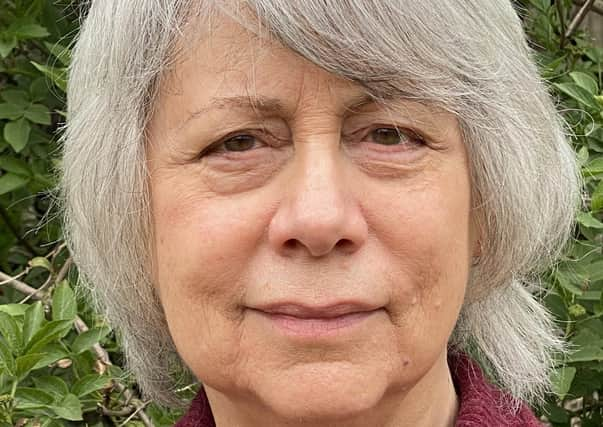DISABILITY TODAY: The year 1981 gave us all such hope


Forty years ago, Eastbourne’s Access Group (EAG) was set up during the United Nation’s International Year of Disabled Persons (IYDP) 1981. An aim of IYDP was to encourage persons with disabilities to form local organisations through which they could express their views and promote action to improve their situation. The great vision was to promote equal opportunities, full participation in society, and living conditions equal to other citizens. I remember the excitement and anticipation we all felt for the future, as we held events and conferences to celebrate new possibilities for all people. To enable everyone to reach their full potential; to end discrimination or exclusion. People talked about what they needed - the difficult experiences they had every day, that other people take for granted, like using public transport, getting a job, going to a pub, shop, theatre, public toilet, or accessing health care. It was recognised that most problems were ‘man made’ in the first place - the design of a built environment that dis-ables one fifth of our community.
I had the privilege of working as a community occupational therapist in the 1970’s and 80’s; we had to be pioneers in those days as we were employed under the radical new Chronically Sick and Disabled Person’s Act, instigated by MP Alf Morris, the world’s first Minister for Disabled People. Then, the UK led the world in these policies – this Act was the first to give rights and promote equality for disabled people. My job was to work with people to understand their specific needs and recommend equipment or modifications to their homes via the borough council’s environmental health departments. These were done asap, and without means testing, matching the principles of the NHS. It seems that this era was one of best times for hope of equality in the UK…the Social Model of Disability evolved here too at around that time, helping us realise that many people are actually disabled by society’s attitudes (including ignorance), and physical barriers, not their impairment. But the disability rights movement, like other civil rights, still have a lot of work to do. Over the years there have been improvements locally, like more dropped kerbs, but even those are not always designed well. Many things have not changed, and there have been incremental cutbacks, means testing, more red tape. Recent changes in our town centre have made some things worse, not better. Businesses could do so much more too, to buildings and staff training, to cater for needs of people with various disabilities – and - they could gain 20% more customers - that’s 20,800 people locally - into the bargain.
Advertisement
Hide AdAdvertisement
Hide AdAttitudes might be improved by everyone’s recent experience of “lockdown” - such restrictions are a way of life for many disabled people. One of the major achievements of EAG has been the annual publication of Eastbourne Access Guide, a guide to accessible cafes, hotels, leisure facilities, loos etc which enable people with disabilities to feel more assured about the places that do welcome them, saving them so much time and energy. These guides are sent each year to thousands of visitors, and it is on-line – and it was (pre-covid) available at multiple outlets locally. Can we picture a time when such a guide is no longer needed, when we can take for granted people’s understandings, and our streets, buildings, transport, cultural and sporting venues are accessible to all?
A disabled/or age-friendly town is also great for everyone, old, young, families and visitors. Getting tourists back to enjoy our beautiful town post-covid could depend in it?